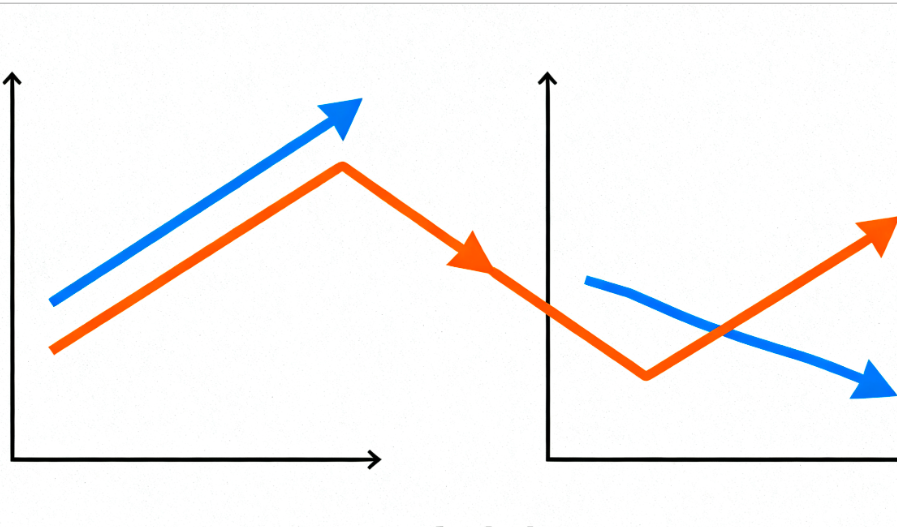
Prediction markets continued to be hot in 2025, with Kalshi and Polymarket achieving a combined trading volume of $1.44 billion in September, setting a historical record. Recently, both platforms announced the completion of new funding rounds: Polymarket raised $2 billion from the parent company of the New York Stock Exchange (ICE), increasing its valuation to $9 billion; Kalshi raised $300 million at a valuation of $5 billion.
However, while the prediction market track remains explosively popular, three major questions have emerged on social media regarding this market: Will this market breed a large amount of insider trading? What is the regulatory attitude of major national governments towards prediction markets? Why is there a general lack of prediction events centered around Chinese-language narratives? This article discusses these questions.
Insider Trading Exploiting Retail Investors?
The magic of prediction markets lies in profiting from knowledge and insight. However, due to the nature of the predicted events themselves, certain types of prediction market trading can easily slide into insider trading, especially for information that is known to a small group of people before the official announcement of event results, such as award winners or economic data.
On October 10, 2025, the day the Nobel Peace Prize was announced, a globally watched "insider trading" controversy unfolded.
As early as July, a market for the "2025 Nobel Peace Prize Winner" was opened on Polymarket, with a total trading volume exceeding $21.4 million. Popular candidates included Yulia Navalnaya, the widow of Russian opposition leader Alexei Navalny; former US President Donald Trump (for his controversial role in mediating the Hamas-Israel ceasefire); environmental activist Greta Thunberg; and WikiLeaks founder Julian Assange.
María Corina Machado previously had odds of only 3-5%, with almost no one favoring her. Approximately 11 hours before the result was announced, Machado's odds suddenly surged from 3.6% to over 70%, trading volume spiked, and the total bet amount exceeded $210,000. Among these, at least three accounts placed large bets on Machado winning, ultimately profiting a combined total of approximately $90,000.
This incident directly triggered a major debate about insider trading.
One side argues that allowing trading based on insider information can increase market accuracy to 92% because it accelerates information aggregation. Robin Hanson, an economist at George Mason University and one of the earliest advocates of prediction markets, has stated that allowing insiders to trade can improve the accuracy of odds. If the purpose of prediction markets is to obtain accurate information, then you certainly want to allow insider trading.
The other side emphasizes that this was a clear case of insider information leakage and fraudulent behavior, which undoubtedly dampens the participation enthusiasm of ordinary investors.
This further sparked discussions related to regulation. A Forbes staff member wrote that prediction markets operate in a space between futures exchanges and gambling websites, and regulators tend to treat them more like the latter. The insider trading laws enforced by the US Securities and Exchange Commission (SEC) do not apply to prediction markets; they are contracts regulated by the Commodity Futures Trading Commission (CFTC). A 2025 KPMG report warned that using material non-public information to bet on event contracts can severely distort market integrity and, in a regulatory vacuum, easily trigger chain-reaction crashes.
In prediction markets, insiders, experts with deep research in the field, and speculative retail investors possess completely different levels of information. This information asymmetry already predetermines the winners.
What is the Regulatory Attitude of Major Countries/Regions Towards Prediction Markets?
The second major potential problem with prediction markets lies in their ambiguous legal status across the globe. They combine characteristics of gambling and financial derivatives, often falling into gray areas or being directly restricted in different jurisdictions, posing certain regulatory risks.
Currently, the United States is representative of countries that explicitly mention and regulate prediction markets. The US Commodity Futures Trading Commission (CFTC) classifies them as event contracts, requiring platforms to register as designated contract markets and strictly comply with the Commodity Exchange Act. In February 2025, the CFTC held a roundtable to discuss the regulatory framework for sports and event contracts, striving to strike a balance between innovation and retail customer protection. In May 2025, the CFTC dropped its appeal against Kalshi's political contracts, confirming their legality but adding transparency disclosure and anti-manipulation requirements. Kalshi, under CFTC regulation, obtained compliance licenses for all 50 US states, while Polymarket transformed into a regulated entity by acquiring the Florida derivatives exchange QCX, gradually expanding into the US market.
The attitude in Europe is more cautious. The European Securities and Markets Authority (ESMA) mentioned prediction markets in the 2025 Markets in Financial Instruments Directive II (MiFID II) rules, requiring investment firms to optimize order execution policies. The Markets in Crypto-Assets Regulation (MiCA) further incorporates them into the licensing framework for crypto-asset service providers, particularly emphasizing anti-money laundering compliance, showing a regulatory stance that is both open and cautious.
Crypto KOL @Phyrex_Ni pointed out that prediction markets are structurally very similar to binary options. Traditionally, binary options are a type of derivative contract where investors make a judgment on an underlying asset or event; if the prediction is correct, they receive a predetermined payout, and if incorrect, they lose the invested amount. Prediction markets operate on a similar mechanism.
Currently, most countries that do not explicitly regulate prediction markets often equate them with binary options and generally hold a conservative attitude. For example, the UK's Financial Conduct Authority (FCA) directly prohibits retail trading of binary options; the EU's ESMA bans marketing related to binary options; and many Asian countries even directly regard them as gambling, which is one reason why prediction markets haven't "taken off" in Chinese-speaking regions.
Overall, regulatory fragmentation exacerbates the risks of prediction markets. Most countries or regions focus on anti-money laundering and consumer protection, either directly prohibiting such derivative contracts or adopting strict entry permits.
Why is There a Lack of Chinese-Language Narrative Markets?
Overseas, Polymarket has evolved from a trading product into an informational social game. Users bet on events not just for profit, but also for participation, the right to express their stance, and even to "bet on the future" with their positions.
Crypto KOL @MrRyanChi jokingly remarked, "American college students are already playing Kalshi and Polymarket, yet very few people in Chinese-speaking regions are discussing prediction markets."
Besides regulatory issues, the current lack of markets for Chinese-language narratives in prediction markets stems from severely insufficient liquidity, as pointed out by crypto KOL @hoidya_.
The core reason for the lack of liquidity is that market makers and bookmakers find it difficult to calculate the profitability of these markets. In traditional perpetual futures markets, the expected value (EV) for retail investors is negative in the long run.
Market makers, leveraging their statistical advantages, generate profits through hedging and funding rate arbitrage, thus forming a reliable source of liquidity. For narratives popular in Chinese-speaking contexts, market makers dominated by Western players may lack sufficient statistical data, resource advantages, and cultural background. They themselves cannot be sure if they can achieve positive expected value in the long run. Once the win rate cannot be quantified, they cannot configure risk exposure, and therefore, they will not proactively enter the market to inject liquidity.
KOL @Ru7Longcrypto pointed out that the Chinese circle still views prediction markets through the lens of DeFi, focusing on TVL pools and odds mechanisms, completely missing the point. She emphasized that the key to breaking out of the niche circle lies in creating content, not creating pools.
However, the regulatory environment in Chinese-speaking regions is stringent, and topics for public events are restricted. Especially in Mainland China, Hong Kong, Singapore, and other places, political and election-related topics are considered sensitive and subject to strict legal constraints. In contrast, in Europe and the US, topics like US presidential elections are legally recognized under the CFTC framework, giving platforms broader scope for topic selection.
Therefore, another key point in promoting the mainstream adoption of prediction markets in the Chinese-speaking world is building a localized database of life-related topics. For example, markets around CZ's mentions, predictions on the winner of food delivery platform wars, Xiaomi's new car pricing, Spring Festival travel rush numbers, purchase restriction policies, Nezha movie box office, etc. These events not only generate more buzz in Chinese-speaking regions but also have clear resolution criteria, making them more likely to attract the interest and participation of Chinese investors.
As this sector gains momentum rapidly, many users are turning their attention to BNB Chain, which has a dense concentration of Chinese users and more mature soil for Asian content. He Yi also publicly stated that professional teams are welcome to launch prediction products on the BNB Chain, and YZi Labs is willing to provide support. Recently, the marketing promotion momentum of several Chinese-led prediction market projects based on BNB Chain on Twitter has also significantly increased.
Conclusion
Overall, perhaps this wave of heat in prediction markets is not a bubble, but the fire is burning too fast, and the market needs some calm voices and reflection. Although prediction markets are moving towards the mainstream, controversies over compliance and insider trading persist. The Chinese-speaking region, in particular, lacks localized narratives and urgently needs to solve liquidity problems and explore content more suitable for the Chinese circle.
For ordinary investors, prediction markets are indeed a brand-new way to play, with huge imaginative space and a compelling narrative. Precisely because of this, retail investors should focus on content areas they are familiar with, rather than simply placing "gambling" bets.
















